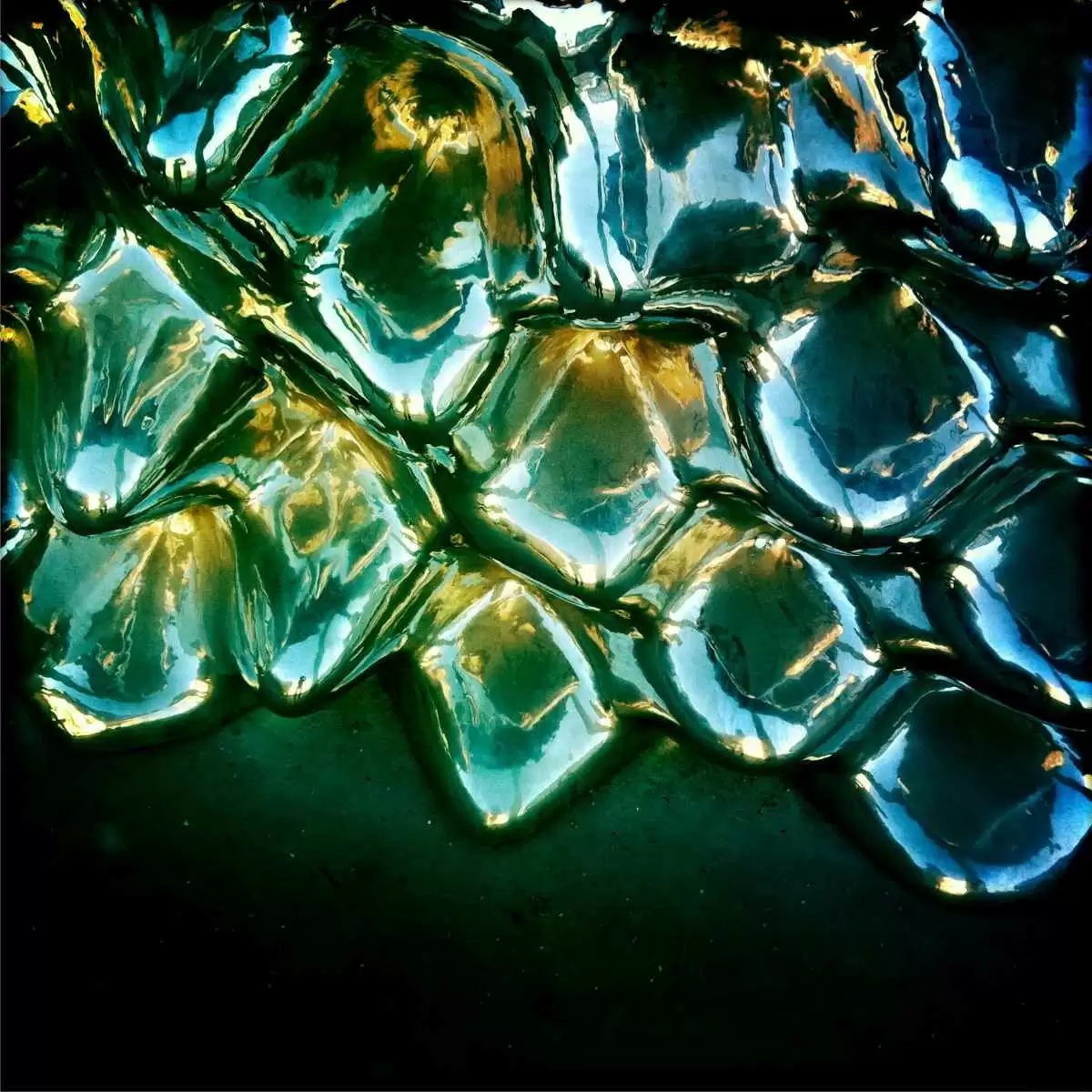
Celiac.com 12/31/2022 - The Celiac Sprue Research Foundation recently held the first meeting of its Scientific Advisory Board. Marking the first anniversary of the Foundation, all nine members of the Scientific Advisory Board attended the meeting on April 16 and 17, 2003, including four scientists who traveled from Europe. The presentations and discussion included current clinical research, current and new diagnosis protocols, possible avenues for the development of therapeutic drugs, and the design of clinical trials.
Attendees from Europe were Frits Koning, Ph.D., Associate Professor at the Leiden University Medical Center, the Netherlands; Markku Mäki, M.D., Ph.D., Chair and Professor of Pediatrics at the University of Tampere and Tampere University Hospital, Finland; Detlef Schuppan, M.D., Ph.D., Professor of Medicine and the Clinical Vice Director of the Department of Medicine at the University of Erlangen-Nürnberg, Germany, and Ludvig M. Sollid, M.D., Ph.D., Professor of Immunology at the University of Oslo, Norway. Scientific Advisory Board members from the United States attending were Mark M. Davis, Ph.D., Howard Hughes Medical Investigator and the Burt and Marion Avery Professor of Microbiology and Immunology, at the Stanford University School of Medicine; John H. Griffin, Ph.D., Chief Scientific Officer of Pharmix Inc.; Martin F. Kagnoff, M.D., Professor of Medicine and Director of the Laboratory of Mucosal Immunology at the University of California, San Diego; Peter Licari, Ph.D., Vice President, Process Science of Kosan Biosciences, Inc.; and Gary M. Gray, M.D., Professor of Medicine, Emeritus, at the Stanford University School of Medicine and Foundation Scientific Director. Drs. Gray and Sollid are co-chairs of the Scientific Advisory Board.
Celiac.com Sponsor (A12):
Also attending were Chaitan Khosla, Ph.D., Professor of Chemistry, Chemical Engineering and Biochemistry (by courtesy) at Stanford University and Foundation President, Christopher T. Walsh, Ph.D., Hamilton Kuhn Professor at Harvard Medical School and a Director of the Foundation, Foundation Research Associates Qing Li, Ph.D., and Thomas Marti, Ph.D., and Clinical Associate Gail Pyle, M.D.
A major thrust of the meeting was the review of current research in celiac sprue diagnosis and potential avenues of treatment. Dr. Khosla opened the meeting with an overview of the Foundation and its mission. He noted in particular the goals of catalyzing the development of a therapeutic alternative to the strict gluten-free diet for the treatment of celiac sprue, and of development of improved, non-invasive, non-gluten challenge diagnostic tests for the disease. While the time frame for development of therapeutics may be ten years or more, and that for much improved diagnostics five years or more, he proposed that the research activities of the Foundation may help clinically validate at least one therapeutic and one diagnostic approach within the next two to four years.
Dietary gluten, found in wheat, rye and barley, reacts with cells in the lining of the gut of persons with celiac sprue leading to a marked flattening of the intestinal villi. This vastly reduces the surface area of the small intestine where most nutrients are absorbed. The result is a markedly reduced ability to absorb nutrients and leads to systemic complications such as loss of bone mass over time. More immediate symptoms include bloating, diarrhea and abdominal pain. Dietary gluten is highly resistant to digestion. In non-celiacs this is of no consequences, but in celiacs the gluten triggers a chain of event leading to the flattening of the intestinal villi.
Collaborative research by Drs. Gray, Sollid and Khosla has shown that immunotoxic fragments of gluten are highly resistant to breakdown by the human digestive process. They have also shown that a prolyl endopeptidase (PEP) enzyme can accelerate the break down of gluten in conjunction with normal digestive processes. The Foundation plans to initiate a proof of concept trial later in the year. This trial involves the treatment of common wheat gluten with PEP in order to break gluten protein into smaller, readily digestible pieces. The PEP is produced from a microorganism by recombinant biotechnology techniques, and the gluten will be treated outside the body. The deactivated gluten would be given to Celiac Sprue volunteers in remission in a double blind crossover clinical study. This trial, if successful could lead to a PEP based therapeutic for treatment of the disease.
Scientific Advisory Board members reported to the meeting on developments in their areas of research and expertise. Among other matters discussed, Dr. Maki presented unpublished results from his group on the incidence of celiac sprue among the Finnish population. His group studied an extended Finnish family of about 30,000 individuals that traces its genealogy back to a Celiac ancestor living about 1550. Remarkably, Dr. Maki’s researchers obtained tax, military, church and other written records of this individual and many other family members and were able to identify many of those who had Celiac Sprue. Between one in 100 and one in 200 persons in Western Europe are celiacs. Other populations may have a higher or lower incidence of the disease. There is evidence that the prevalence of celiac sprue is much higher among persons of North African descent where the introduction of wheat in the diet is a relatively recent event. In this population perhaps up the 5% of the population are celiacs.
Dr. Koning reported on an approach to identify and hybridize safer foods. This approach, if pursued, would involve the analysis of the many thousands of known strains of wheat. The goal would be to search for non-toxic wheat variants, a major effort that would be expected to take several years.
Foundation researchers gave reports on PEP production and gluten detoxification methods, and Scientific Advisory Board members reviewed the Foundation’s proposed trial protocol. Other promising therapeutic strategies, including tissue transglutaminase inhibitors and HLA-DQ8 inhibitors, were discussed. Regulatory and commercialization requirements were also reviewed.
Finally, in a review of the meeting and Foundation’s activities to date, board members offered suggestions for fund raising and enhancing the Foundation’s effectiveness. The Foundation believes the meeting was of enormous value to its work and the fulfillment of its goals.










Recommended Comments
There are no comments to display.
Create an account or sign in to comment
You need to be a member in order to leave a comment
Create an account
Sign up for a new account in our community. It's easy!
Register a new accountSign in
Already have an account? Sign in here.
Sign In Now